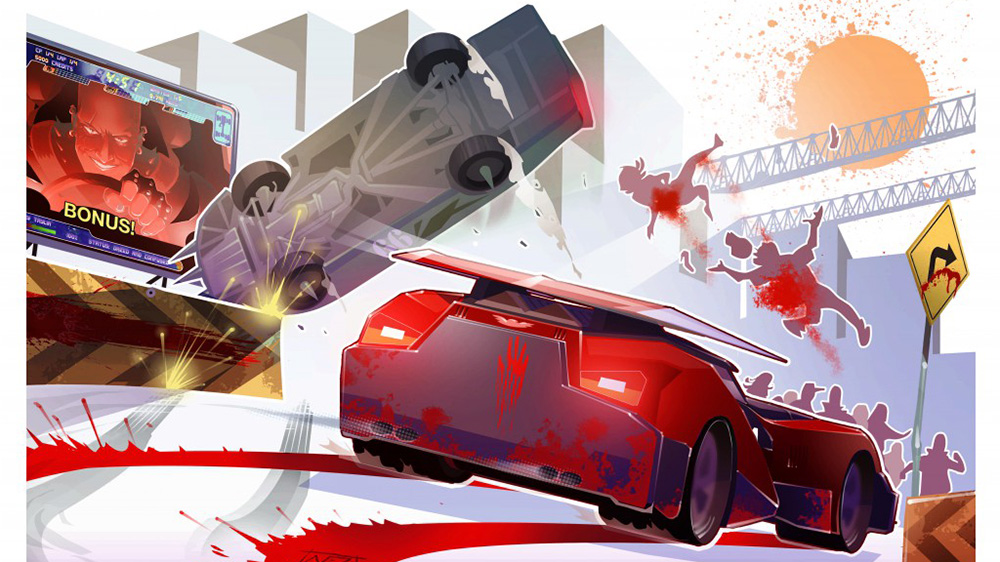There was a time when polygons ruled the world and dreams could be broken up into pixels. In those days virtual reality was still far away and digital adventures were a game for kids playing at the bar round the block. Yet the most visionary among us have managed to shape those dreams and create an increasingly realistic and unmistakable world from the reality we see everyday on our TVs and which we daily experience. Today, cinema makes a wide and almost distracted use of these instruments, but who has lived during those years, and has witnessed the transition from the video game world of the arcade just round the corner, can’t possibly have remained indifferent…
Play It Again is the nostalgic teardrop of emotion when we listen to the typical starting jingle of an 8-bits console, it’s the wonder of an image made of coloured squares.
Play It Again is the testimony that games are a serious business: it’s possible to go back and relive the whole home console culture that began in the 70s – from the Atari 2600 through the legendary Commodore 64 in 1982 up to the more ‘recent’ Playstation, which celebrates 20 years this year, and which, in some respects, brought to its end an era by completely revolutionising the concept of a videogame.

Besides the expo pavilion displaying some of the first consoles, organised in cooperation with the Video Game Archive of Bologna’s Film Library, it hosts Images From Outer Space, an exhibition of 10 images created by just as many Italian artists who have summed up, and been inspired by, “the science fiction universe of the 80s, the undisputed protagonist of the popular culture circulating in the years when video games became a mass phenomenon”.
From Roberto Recchioni, heir to Tiziano Sclavi at the helm of Dylan Dog, to the crayons of Marvel, with the Deadpool illustrator Matteo Lolli and the illustrator of Star Wars: Kanan: The Last Padawan, Jacopo Camagni, passing through Marco Felicioni’s world of Antropomorti and the sad short stories of Ilaria Lazzaroni.
Play It Again is more than a theoretic, pedantic history lesson, since the best way to learn, in this case, is to sit on the sofa and grab the joypad, playing against friends and strangers at some classical game, totally absorbed by the world of pixels.






